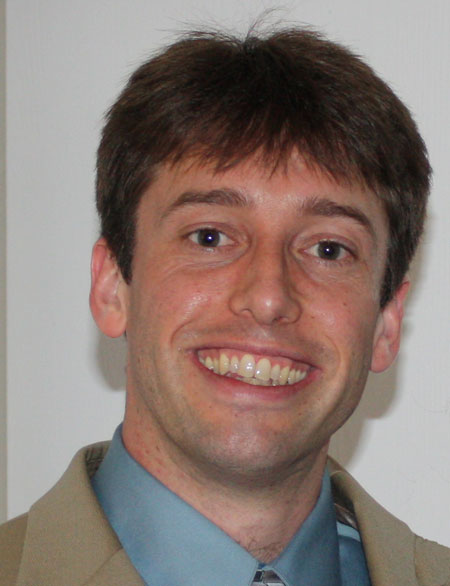SCoBIRC Research Published in the Journal of Neuroscience
Macrophages are cellular sentinels in the body, assigned to identify “attacks” from viruses, bacteria or fungi and sound the alarm when they are present. However, these cells are a “double-edged sword” in spinal cord injury, providing both neural repair-promoting properties and pathological functions that destroy neuronal tissue
“We know from previous research that macrophages are versatile, and signals at the injury site can stimulate repair or destruction—or confusingly, both,” John Gensel, Ph.D., assistant professor of physiology in the Spinal Cord and Brain Injury Research Center at the University of Kentucky, said. “But the mechanisms through which these signals stimulate the good and/or bad functions in macrophages are not known. So the next big question to answer in the efforts to understand and treat SCI was, ‘Why?’”
Gensel teamed up with Phillip Popovich, Ph.D, professor in the Department of Neuroscience and director of the Center for Brain and Spinal Cord Repair (CBSCR) at The Ohio State University, to explore the mechanisms governing the positive and negative processes that occur in macrophages following spinal cord injury.
“On the cellular level, the body’s response to spinal cord injury is similar to the immune response to attacks by bacteria or viruses,” Gensel said. “The functions that macrophages adopt in response to these stimuli were the focus of our study.”
Gensel and Popovich looked at more than 50 animals with spinal cord injury to try to identify which macrophage receptors promoted neuronal repair and which directed the destructive process.
“We found that activating bacterial receptors boosted the macrophage response and limited damage to the spinal cord following injury, while activating fungal receptors actually contributed to pathology,” Gensel said.
While this study oversimplifies the complex process by which macrophages promote repair and destruction of neuronal tissues, it nonetheless sheds light on opportunities to modulate macrophage responses after spinal cord injury, potentially reducing – or even reversing – damage and the resulting side effects.
“The implications are exciting: we now can look for treatments targeted to the receptors that jump-start the macrophage’s restorative effects without activating the receptors that modulate the destructive processes in that same cell.”
The study has been published as a Featured Article in the most recent issue of the Journal of Neuroscience.
MEDIA CONTACT: Laura Dawahare, laura.dawahare@uky.edu
